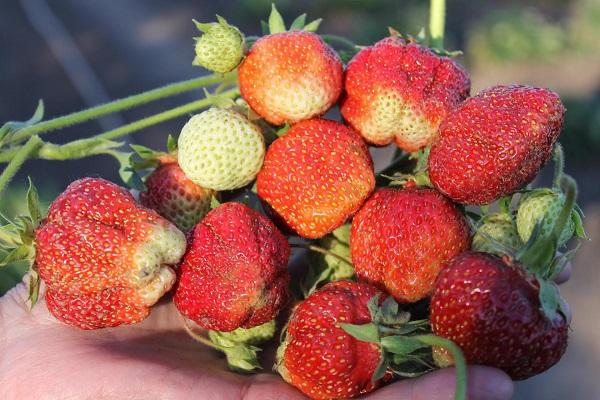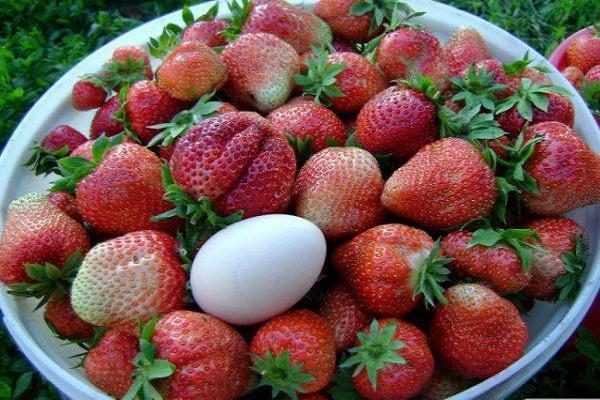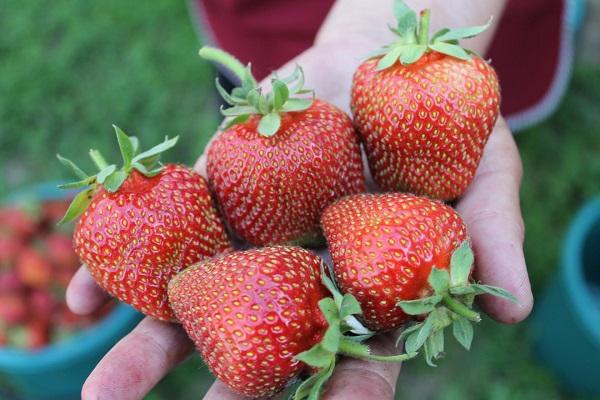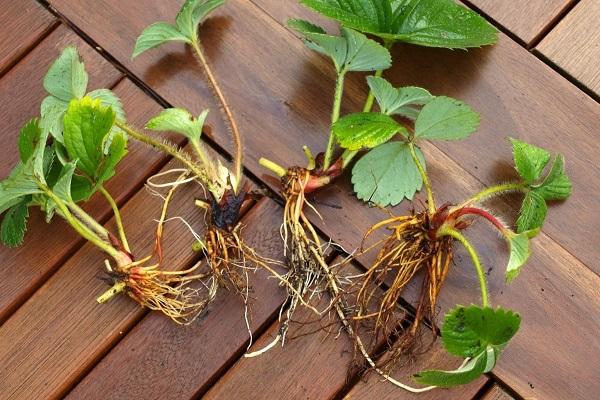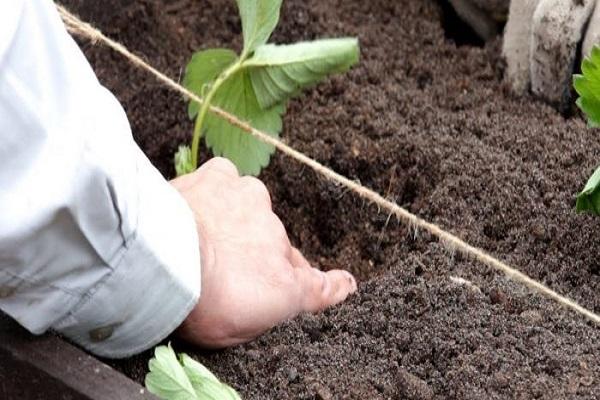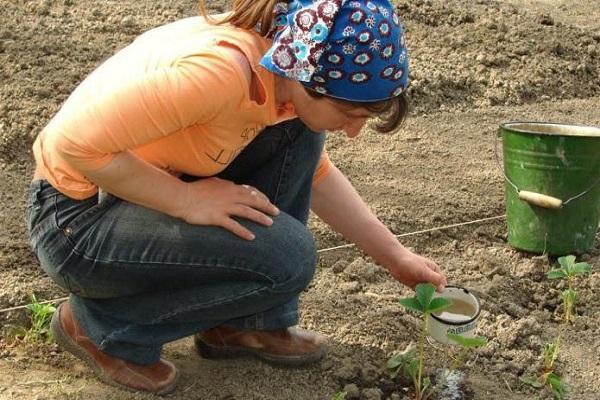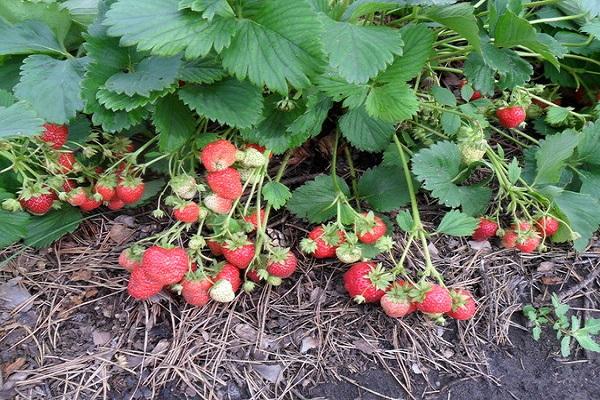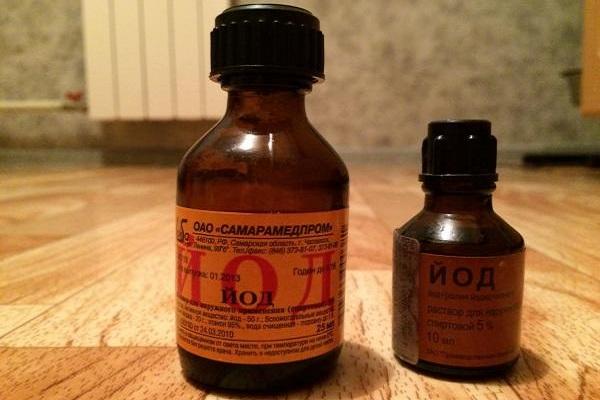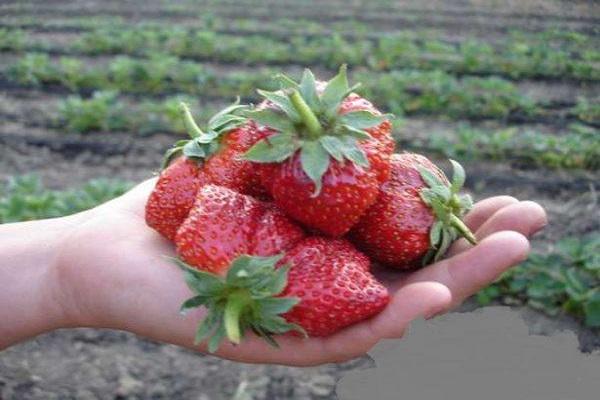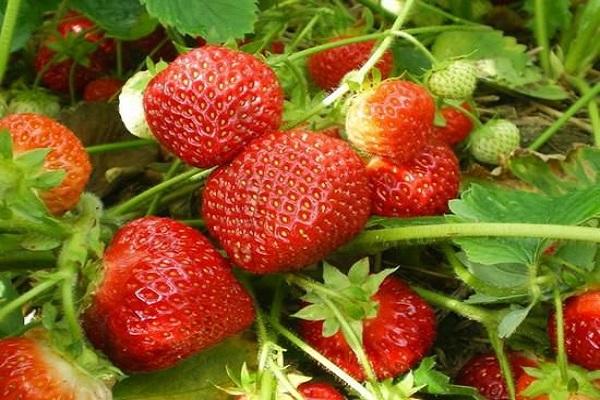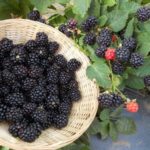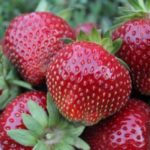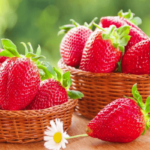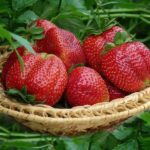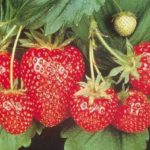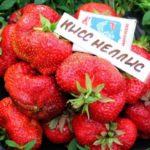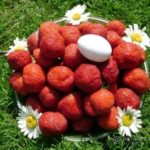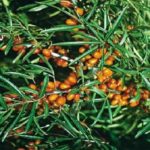Getting a rich harvest of strawberries on your plot is the dream of every gardener. Today, the choice of types of delicious berries is huge, which often causes difficulties for beginning farmers. The strawberry variety must be suitable for the soil type and climate characteristics of the region where it is planned to grow the berry. The strawberry variety Slonenok is ready for the tests of cold and drought, suitable for the northern regions of Russia.
Description of strawberry Elephant
Little Elephant is a large-fruited, frost-resistant variety of garden, non-repairing strawberry. Unpretentious, perfect for beginner gardeners. Recommended for cultivation in the West Siberian and East Siberian regions of Russia, bred by domestic breeders.
Main characteristics
The main distinguishing feature of the culture is its exceptional drought and frost resistance. Description of strawberry variety Elephant:
- Non-repairing variety: fruiting once a year.
- The berry ripening period is average.
- Productivity up to 2.5 kg of berries per bush.
- The berries are large, weighing up to 40 g.
- The color of the fruit and pulp is red, rich and shiny.
- Forms a mustache.
- The bush is erect and powerful.
- Rich aroma of ripe fruits, pronounced classic strawberry sweet and sour taste.
- Resistant to frost and drought.
- The variety has a universal purpose: the berries can be eaten fresh; they are suitable for canning and freezing.
By the end of the season, the berries of the Slonenok variety may become smaller; the variety does not bear stable fruit. Baby Elephant is suitable for personal farming and commercial cultivation; the berries have good transportability.
Pros and cons of the variety
Despite its unpretentiousness and ability to withstand natural disasters, the Elephant variety has a number of disadvantages:
- The berries are susceptible to gray fruit rot. Excessive rainfall contributes to this disease; the berry harvest can be halved.
- The taste of the fruit is not for everyone - there is sourness in the taste, the pulp of the berries is not juicy and dense enough.
- Possibility of uneven coloring of the fruit: the tip of the berry may remain white.
Baby Elephant is one of the most popular strawberry varieties among gardeners. It has more advantages than disadvantages:
- Large fruit and beautiful appearance of the berry: suitable for decorating desserts.
- Undemanding to agricultural technology.
- Survives and produces decent harvests in areas with variable climates.
- Winter hardiness.
- High yield.
When growing the strawberry variety Slonenok, the main thing is not to overdo it with watering. High humidity is detrimental to fruits. It is recommended to loosen strawberry beds and apply mulching. It is recommended to use pine needles or sawdust as mulch.
Growing garden strawberries
The success of obtaining a healthy and abundant strawberry harvest depends on the choice of location and compliance with the rules of planting and caring for plants.
When and where to plant
Strawberry seedlings of the Elephant variety can be planted both in spring and autumn - “before winter”. Planting in the fall is more favorable because the plant has time to form a root system.
A good place for strawberry beds is a sunny, unshaded area protected from the wind. The more sunlight the plants receive, the larger the strawberries will grow, the berries will be bright and sweet. The best crop predecessors are cucumbers, legumes and parsley. You cannot plant berries after potatoes - wireworms and the Colorado potato beetle will harm the seedlings.
Acidic soils are not suitable for strawberries, but if there is no choice, it is recommended to add lime to the soil.
Selection of seedlings
Seedlings need to be chosen that are healthy and attractive in appearance. The bush should be spreading, with a dense stem, and have 3-4 formed branches. The color of the leaves should be uniform, without spots.
Important! The optimal root length of a young plant is 7-10 cm. It is recommended to trim the roots if they are longer than the required length.
It is recommended to buy seedlings from trusted suppliers: in specialized nurseries, at thematic exhibitions, or grow them yourself.
Planting scheme
Having chosen the optimal area for planting, you should follow a certain sequence of actions:
- A month before planting seedlings, fertilizers are added to the soil - wood ash and ammonium nitrate.
- After two weeks, the soil is dug up and organic fertilizers are added: manure or humus. Plowing depth is 30 cm. At this stage, superphosphate is added from mineral fertilizers.
- After preparing the soil and applying fertilizers, they proceed to planting seedlings. A distance of 80 cm is maintained between the beds, and 20 cm between the bushes. One seedling is placed in small holes: the roots are carefully straightened and sprinkled with earth, compacting the soil with the palm of your hand.
- Mulching the soil: each planted bush is sprinkled on top with a mixture of peat, sand and humus.
- Water each bush thoroughly.
Planting should be done after sunset or in cloudy weather, so that the active rays of the sun do not burn the immature seedlings.
Subtleties of care
The health of the bush and its productivity will depend on compliance with the rules of care.
Watering
The baby elephant loves moisture very much, but in this parameter it is necessary to observe the measure. This is the main feature of the Siberian variety. Excessive moisture will lead to disease, and lack of moisture will lead to shredding of the fruit.
Plants should be watered once a week, generously, under the bush with warm water. Watering is especially important during the period of fruit ripening: the berries take a lot of energy from the bushes. Lack of moisture during this period can lead to yellowing of leaves and weakening of plant immunity.
Fertilizers
Garden strawberries respond responsively to all types of fertilizers.If the soil for strawberries becomes poor in nutrients, the yield decreases sharply and the berries become smaller.
For planted seedlings in the fall, it is recommended to water the bushes with azophoska in a ratio of 100 g of fertilizer per 10 liters of water. In spring, plants are fed with urea - 50 g per 10 liters of water. But you should not get carried away with fertilizing with this fertilizer; it may provoke increased growth of the foliage of the bushes and fewer berries will be produced.
Organic fertilizers in the form of rotted manure and peat are applied at the preparatory stage for planting seedlings. They are dug up along with the soil and placed directly into the dug hole for the plant. To avoid burning the root system with high organic content, it is recommended to add a little sand.
Mulching
Prevention of weed control - mulching. It should be carried out regularly, this will make the soil loose and reduce the amount of watering.
Sawdust, pine needles, straw are excellent materials for mulching strawberry beds. It is recommended to leave the needles for the winter; they will protect the plants from the cold and will not harbor pests.
Pests and diseases
The strawberry variety Slonenok is resistant to common diseases. Most susceptible to infection with gray rot. Excess moisture should not be allowed in the beds. Chemicals can be used to prevent fungal diseases. As a folk remedy, you can treat the berries with a solution of iodine and brilliant green at the rate of 10 drops of brilliant green and 5 drops of iodine per 10 liters of water.
Strawberry Baby Elephant is weakly affected by insect pests.To combat them, it is enough to use folk remedies, for example, it is recommended to sprinkle the leaves of plants with wood ash: preventing pests and applying mineral fertilizers at the same time.
Breeding the variety
The strawberry variety Elephant is bred using whiskers. After fruiting during the summer, shoots form on the strawberry bushes, on which rosettes are tied - future strawberry bushes. Strong plants without signs of diseases are selected as mother bushes.
The mustache is cut from the uterine bush with scissors, making an oblique cut. The rooted rosette is dug up and planted in a new place. Mustache trimming should be done in the evening, after sunset.
Harvesting and storage
Strawberries of the Elephant variety are a perishable berry crop. The fruits spoil quickly and produce juice after picking. Rules for preserving the presentation of strawberries of the Elephant variety:
- It is recommended to begin harvesting strawberries the day before the berries are fully ripe.
- You cannot water the bushes before harvesting the fruits - the fruits will soften and instantly release juice.
- There is no need to peel the berries for storage; you can remove the sepals from them; you can leave the stalks.
- The best time to harvest is early morning or late evening.
- Avoid direct sunlight on already picked berries.
Important! When picking strawberries, it is necessary to sort the berries: rotten or spoiled specimens should not fall into the general basket.
It is better to store the harvested crop in wooden boxes or wicker baskets with gaps: the berries must be ventilated. The top of the strawberries is covered with gauze or other soft cloth. It is not recommended to sort and peel strawberries before transporting or storing them. It is better to do this before directly eating the berries.
Baby Elephant is an excellent variety of domestically selected strawberries. It can easily survive the vagaries of the Russian changeable climate and please a novice gardener with a decent harvest. The main thing is to water correctly and maintain the moisture balance in the strawberry beds.

